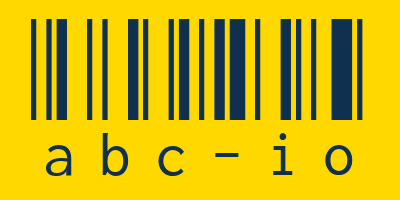
- Ransomware attacks drain millions while disrupting hospitals, retailers, and schools
- Google Drive introduces AI-powered detection to halt syncing during attacks
- Microsoft Windows and Office continue to be central targets for ongoing ransomware threats
Ransomware continues to cause disruption across industries, with incidents reported in healthcare, retail, education, manufacturing, and government.
Financial losses can exceed millions of dollars per case, and recovery often takes time that organizations cannot afford.
Now, Google executives have argued the long-standing approach of relying mainly on antivirus measures is no longer enough to stop these threats.
Microsoft products under scrutiny
Google’s announcement claims ransomware remains a persistent threat to Microsoft Windows and Microsoft Office.
Although native Google Workspace files, such as Docs and Sheets, have not been affected by ransomware, formats like PDF and Office documents remain vulnerable.
The company has positioned its new protection tools as a response to this ongoing risk, as Google Drive for desktop now includes artificial intelligence designed to detect ransomware activity before it can damage data stored in the cloud.
Instead of attempting to block every malicious program before activation, the system looks for suspicious encryption attempts and halts syncing immediately.
By cutting off synchronization, Google says it can prevent ransomware from spreading through an organization’s files.
Users are then presented with options to restore their data to a safe state without relying on external tools.
For administrators, alerts are issued through the Admin console, offering visibility into suspicious activity.
IT teams can review logs, decide whether to allow restoration, and maintain oversight of affected accounts.
The system operates on both Windows and macOS devices, with detection models trained on millions of samples.
Google states that continuous updates from threat intelligence services like VirusTotal help refine detection and adapt to new attack techniques.
The announcement stresses that ransomware is not only an IT problem but one that interrupts core business operations.
Google’s AI-based approach aims to provide a safety net after an intrusion has occurred, whereas traditional methods focus on prevention alone.
In theory, combining antivirus defenses with new cloud-level interventions could reduce damage, although it remains uncertain how well these systems will hold up against increasingly complex attacks.
While Google presents its tool as a breakthrough, no single technology guarantees full protection.
Organizations still depend on layered security practices such as malware removal, secure authentication, and the use of password managers to guard against intrusions.
“By seamlessly integrating AI-powered ransomware detection and restore capabilities into Drive, Google is helping organizations with an innovative way to avoid an increasingly common and increasingly dangerous threat while also giving end users the ability to continue working,” said Bob O’Donnell, President and Chief Analyst, TECHnalysis Research.
“This is great not only for Google Workspace users but individuals and companies who may use other office productivity suites as well.”
Follow TechRadar on Google News and add us as a preferred source to get our expert news, reviews, and opinion in your feeds. Make sure to click the Follow button!
And of course you can also follow TechRadar on TikTok for news, reviews, unboxings in video form, and get regular updates from us on WhatsApp too.











Add Comment